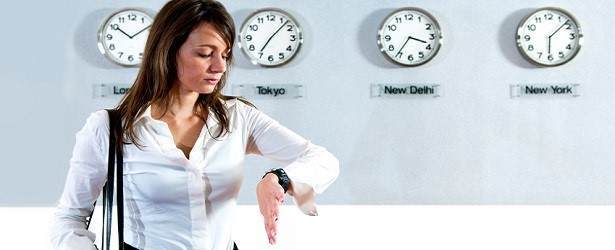
Jet Lag: What it is and How to Overcome the Effects?
There are many people in the world that have to deal with the effects of jet lag but no one really knows what causes it or if it can be conquered. Any person that has been on a long flight that covers many time zones knows exactly what we are talking about and no one really looks forward to it. It’s that feeling that you get when you are exhausted and groggy but just can’t fall asleep. You know it’s going to happen but you just accept it as part of travelling that you have to put up with to enjoy some time away from your natural surroundings.
What is it exactly?
It is something that happens to our circadian rhythm or body clock that gets out of whack when we disturb our sleep cycle. We subconsciously react poorly when our normal cycle with sleep gets messed with. Our body thinks it’s time to sleep and our brain knows it’s time to be awake.
What affects our body clock?
Believe it or not, our sleep is affected by whether it is night or day. If we have a regular work schedule, it doesn’t cause problems but if we work on opposite schedules, there can be some sleep problems that can be very inconvenient.
Jet lag has a specific set of symptoms
While your body is adjusting to the new time and place you are in, your body reacts in negative ways which is what we call jet lag. You may feel sleepy when it is light out or you may have a problem sleeping when it is dark. You may also have problems concentrating and feel less motivated. Your physical and mental performance will be decreased and you may end up with headaches and be irritable, experience a loss of appetite or have gastro-intestinal issues like constipation.
Travel fatigue is different from jet lag
When you are traveling by a bus, train, or car, it can be uncomfortable and you may become irritable and tired. These are only temporary and usually stop quickly once you get some rest.
If you are traveling from north to south or south to north you won’t experience jet lag at all. It only occurs when you are traveling across time zones which will affect your sleep patterns. The more time zones you cross, the more you may be affected by jet lag.
What affects how severe your jet lag symptoms may be?
If you travel across many time zones, you will have more symptoms than if you only cross a few. The direction that you travel also will affect how severe your symptoms are. They are usually worse if you travel east to west. It also depends on whether mornings bother you or not. Jet lag usually is not affected by gender or age.
How can jet lag be beat?
You can take some precautions if you are planning on a long trip across time zones. Try to begin your trip completely rested and maybe even change your sleep routine to accommodate the timing where you will be. Also try to drink sufficient amounts of water and understand that supplements or prescriptions won’t beat jet lag.
Once you land at your destination, make sure you get as sleep as closely to the times you should even if you just rest during those times. It will help your body adjust quicker to the new times. During the day, also try to get as much daylight exposure as possible so your body will adjust quicker.
TOP 5
JET LAGTreatments |
|||||
| JetRelief | JetZone Jet Lag Prevention | No-Jet-Lag | JetFighter Sleep | The Organic Pharmacy Jet Lag | |
|---|---|---|---|---|---|
| 1 | 2 | 3 | 4 | 5 | |
| Price (1 bottle) Price (6 bottles)best value |
$49.95 $139.80 |
$8.75 $52.50 |
$11.99 $71.94 |
$34.99 $209.94 |
$11.93 $119.58 |
| Overall Rating | 99.50% | 87.90% | 75.90% | 74.70% | 68% |
| Effectiveness |





|





|





|





|





|
| Speed of Results | Extremely Fast | Good | Average | Average | Slow |
| Quality of Ingredients | Premium | Good | Good | Average | Unknown |
| Customer Satisfaction Evaluation | 99.20% | 84% | 76.20% | 72% | 66.30% |
| Safety Evaluation | Safe for Use | Safe for Use | Safe for Use | Safe for Use | Safe for Use |
| Customer Service Rating |





|





|





|





|





|
| Reorder Rate | Highest | Good | Good | Average | Average |
| Return Policy | Risk Free | No | No | Unclear | Unopened |
| Success Rate | 99.40% | 81.10% | 74% | 71.20% | 62% |

 Subscribe Now
Subscribe Now











